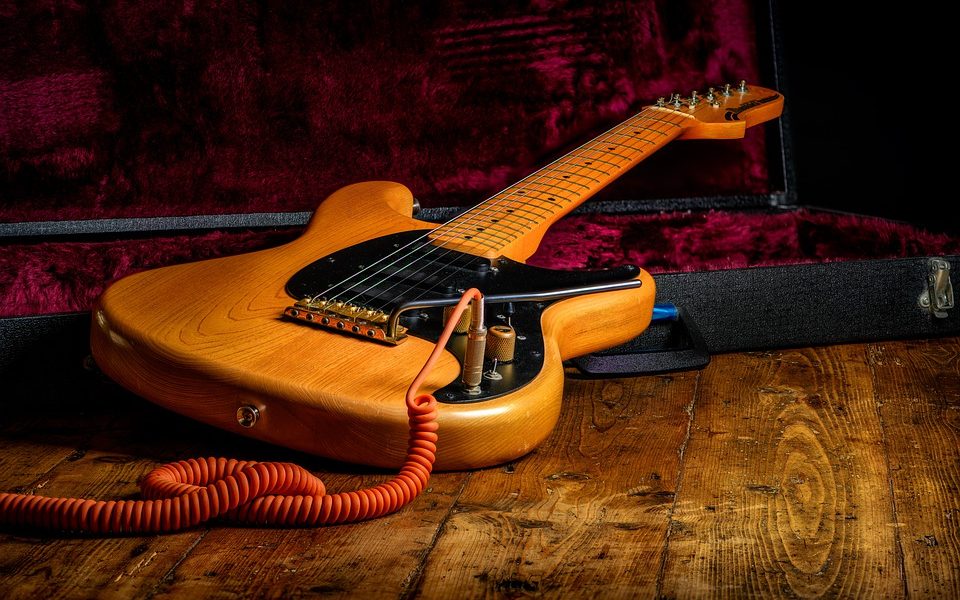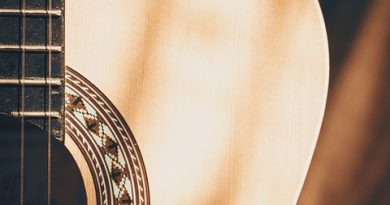Mastering the Basics: A Comprehensive Guide to Building Your Guitar Chord Library
Mastering the Basics: A Comprehensive Guide to Building Your Guitar Chord Library
Introduction
As a guitarist, one of the most important skills you can develop is building a strong foundation of guitar chords. Chords are the building blocks of music, and having a solid understanding of them is essential for any guitarist. In this comprehensive guide, we will cover everything you need to know about mastering the basics of guitar chords, including how to build your chord library, common chord shapes, and tips for practicing and memorizing chords.
Understanding the Basics of Guitar Chords
Before we dive into building your chord library, it’s important to understand the basics of guitar chords. A chord is a group of three or more notes played together to create harmony. The most common type of chord in music is a triad, which consists of the root note, the third note, and the fifth note of a scale. There are many different types of chords, including major chords, minor chords, diminished chords, and augmented chords. Each type of chord has a unique sound and can be used to create different moods in your music.
Building Your Chord Library
Building your chord library is a gradual process that takes time and practice. The first step is to start with the basic open chords, which are chords that are played using open strings. Some common open chords include C, G, D, A, and E. Once you have mastered these basic chords, you can move on to barre chords, which involve using one finger to press down multiple strings at once. Barre chords can be more challenging to play at first, but they allow you to play chords in any key and up and down the fretboard.
Common Chord Shapes
There are many different ways to play the same chord on the guitar, known as chord shapes. Learning different chord shapes can help you to play chords in different positions on the fretboard and create interesting chord progressions. Some common chord shapes include the E shape, the A shape, the C shape, the D shape, and the G shape. Each shape has its own unique sound and fingering pattern, so it’s important to practice and memorize as many chord shapes as possible.
Tips for Practicing and Memorizing Chords
Practicing and memorizing chords is essential for becoming a proficient guitarist. Here are some tips to help you improve your chord playing skills:
1. Practice regularly: Like any skill, mastering guitar chords takes practice. Try to set aside time each day to practice your chords, even if it’s just for a few minutes.
2. Use a metronome: Practicing with a metronome can help you to develop good timing and rhythm when playing chords. Start by playing each chord slowly and gradually increase the speed as you become more comfortable.
3. Break down chords into smaller parts: If you’re struggling to play a chord, try breaking it down into smaller parts and practicing each section individually. Once you feel comfortable with each part, put them all together to play the full chord.
4. Learn songs: Playing songs is a fun way to practice your chords and see how they are used in actual music. Choose songs that feature different chord progressions and challenge yourself to play along.
5. Test yourself: Quiz yourself on different chord shapes and try to play them without looking at a chord chart. This will help you to memorize the fingerings and positions of each chord.
Conclusion
Building a strong chord library is an essential skill for any guitarist. By mastering the basics of guitar chords, including common chord shapes and tips for practicing and memorizing chords, you can improve your playing skills and become a more well-rounded musician. Remember to be patient and persistent in your practice, and soon you will have a vast library of chords at your fingertips to use in your own music.






